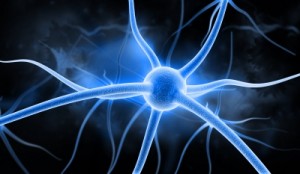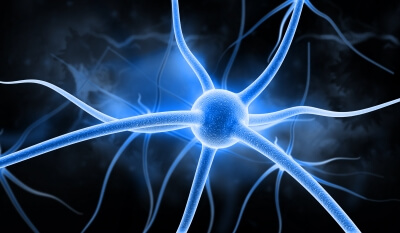.
Just How Does An Adjustment Work? | Thousand Oaks Chiropractor
 Throughout history, as far back as the early Greek civilizations in 2700 BC, spinal and joint manipulations have been used to promote health and healing. Today chiropractic manipulation continues to be a favorite choice for relief of back pain, neck pain, and much more. Yet one wonders just how does an adjustment work? As a Thousand Oaks chiropractor, there is much that is known about the science behind an adjustment. Adjustments work to restore proper positioning, remove joint adhesions, and balance the central nervous system.
Throughout history, as far back as the early Greek civilizations in 2700 BC, spinal and joint manipulations have been used to promote health and healing. Today chiropractic manipulation continues to be a favorite choice for relief of back pain, neck pain, and much more. Yet one wonders just how does an adjustment work? As a Thousand Oaks chiropractor, there is much that is known about the science behind an adjustment. Adjustments work to restore proper positioning, remove joint adhesions, and balance the central nervous system.
Most assume an adjustment puts a bone back in place. If you’ve ever felt the shockingly sharp pain of a rib out of joint, with every breath instigating stabbing pain, you would understand the need to put it back in place. With one treatment, an adjustment can get the rib back in place, bringing immediate relief. Yet this concept of putting a bone in place isn’t the most accurate representation of what an adjustment is doing.
Adjustments are great for breaking up and preventing adhesions (1). Adhesions are connective tissue, similar to scar tissue, that build up within the joints of the spine, especially when a joint is immobile or not moving properly for extended periods of time. The result of this build up can be pain, decreased range of motion, and even degenerative disc disease. When an adhesion is in place, and the joints aren’t moving properly, compensatory movement patters occur to overcome the lack of motion, adding more wear and tear on the surrounding joints. Adjustments are powerful tool to break up these adhesion in a comfortable and effective way.
Chiropractic adjustments directly benefit the nervous system, allowing for a decrease in pain and the ability to optimize muscle firing patterns. How? Adjustments directly effect the joint proprioceptors or position sense nerve endings. When a joint is out of balance or under stress, the proprioceptors can become unbalanced, causing the nerve firing thresholds to decrease, and signal pain too easily. This phenomenon, known as central sensitization (2, 3), and can be relieved by an adjustment due to its ability to activate and balance the proprioceptors.
Research has also shown a positive effect on the firing patterns of the sympathetic and parasympathetic nervous system, which control the organs of your body. Adjustments improved communication between the brain and vital organs. As a Thousand Oaks chiropractor, I like to point out that this improved communication can have a positive effect on things like asthma, blood pressure, digestion, sexual function, energy levels, and much more.
Click here to read a related article, titled “Orthodontics for Your Spine.”
1. Learn More About Adhesions Here
2. Learn More About Central Sensitization Here
3. www.ncbi.nlm.nih.gov/pubmed/20937429
4. www.freedigitalphotos.net/images/view_photog.php?photogid=1449

